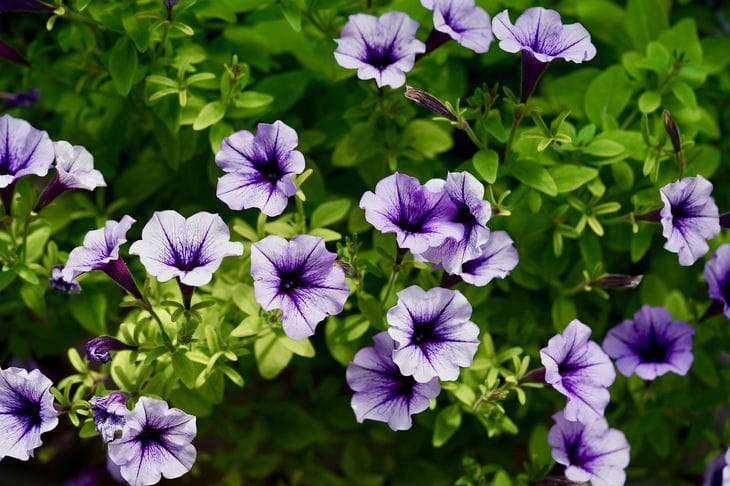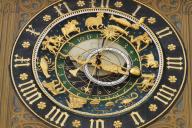The problem of curling leaves in petunias is quite common.
This phenomenon is possible at any stage of plant development, although it is more common in young flowers.
Some petunias have leaves that curl toward the center, while others curl them upward or downward. At the same time, the seedlings look quite strong and healthy. How can we understand the reason for this behavior of the plant?
Understanding the reason for such plant behavior is not difficult if you consciously approach the solution to this problem - it can be trivially solvable, or categorically incorrigible.
Unfavorable external conditions
Insufficient humidity (dryness) of the air can provoke the curling of delicate petunia leaves. In this case, the solution is simple - humidify the air (not the soil).

Buying a humidifier or hanging a wet towel on a hot radiator will help return the plant to its usual state.
Lack of light due to lack of space on the windowsill, table or cabinet, the presence of a dense crown of trees outside the window does not allow the flower to develop fully.
It can be saved by moving it to a more naturally lit place or by equipping it with artificial lighting.
Too wet soil is no less dangerous for the plant. Waterlogged flowers also risk getting root rot.
Excess nitrogen, applied prematurely, promotes active growth of the leaf blade, which does not have time to develop the central vein. The result is curling of the leaves.
Lack of minerals also has a negative effect on the development of the plant. In this case, the petunia tells the owner what exactly it lacks for full growth.
Thus, a lack of calcium leads to the appearance of waves and the curling of leaves upwards, phosphorus and sulfur - downwards, copper - to curling towards the center of the vein.
Influence of pests
The appearance of pests (most often aphids) is the cause of wilting, deformation and yellowing of leaves. The plant requires one- or two-fold treatment with insecticide.
Viruses have tragic consequences. The disease transmitted through soil or seeds cannot be cured. The plant must be destroyed so that it does not infect neighboring flowers.
It is not difficult to determine infection with the virus - there are atypical dark spots and dots on the leaves, the leaves become wavy, curved or twisted.
The plant will straighten its leaves and continue to please its owner if it is cared for in a timely and adequate manner, agricultural technology is restored, and fertilizer is applied.
Infection with a viral disease reduces the chances of saving the petunia to zero. In this case, it is worth taking care of the safety of other plants neighboring the diseased one.
Previously, we talked about how to fight aphids using the tricks of experienced gardeners.








